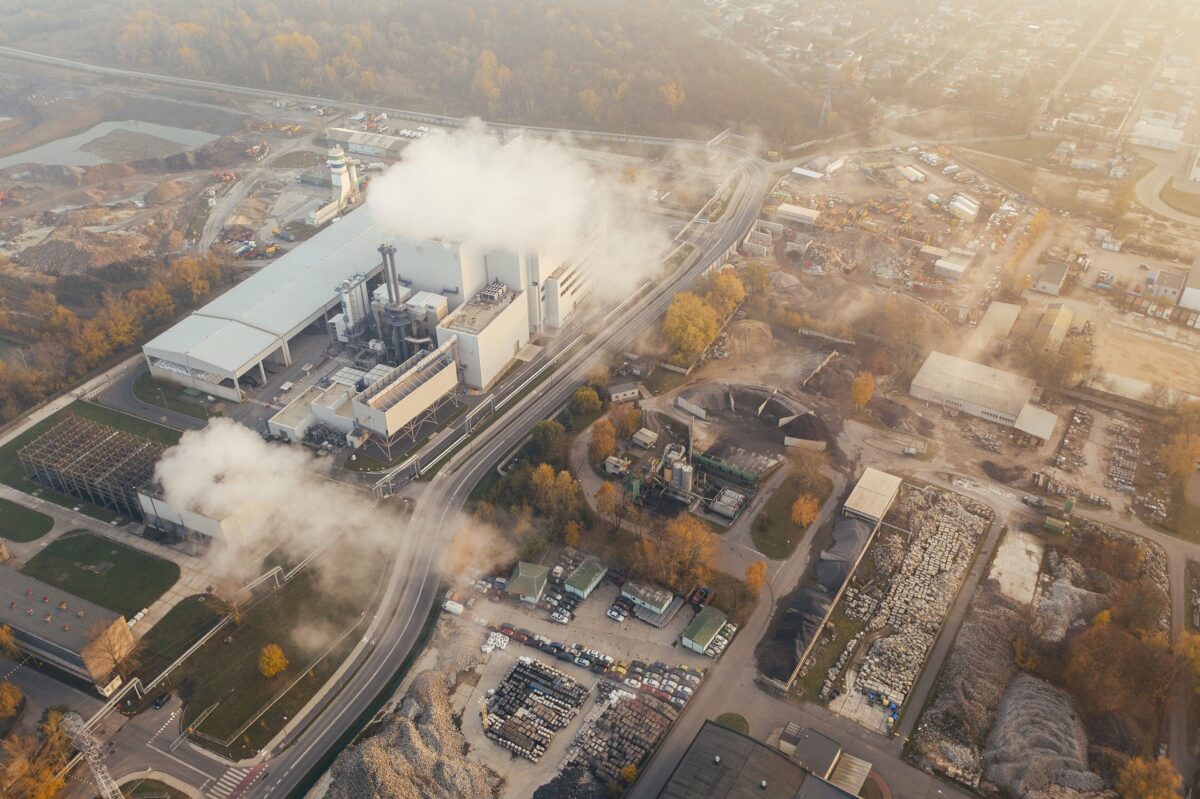BLOG
EPA Proposes Additional Extraction and Determinative Methods to Characterize and Verify PCB Cleanups
- #Environmental Protection Agency (EPA)
- #EPA

In the October 22, 2021 Federal Register, the Environmental Protection Agency (EPA) proposed alternative options for extraction and determinative methods…
In the October 22, 2021 Federal Register, the Environmental Protection Agency (EPA) proposed alternative options for extraction and determinative methods used to characterize and verify the cleanup of polychlorinated biphenyls (PCBs) waste. EPA expects these changes to reduce the amount of solvent used in PCB extraction processes and lead to quicker, more efficient, and less costly cleanups. Other changes include the amendment of performance-based disposal option for PCB remediation waste; the removal of the provision allowing PCB bulk product waste to be disposed as roadbed material; the addition of more flexible provisions for cleanup and disposal of waste generated by spills that occur during emergency situations; harmonizing the general disposal requirements for PCB remediation waste; and other clarifications and corrections. Public comments will be accepted through December 21, 2021.